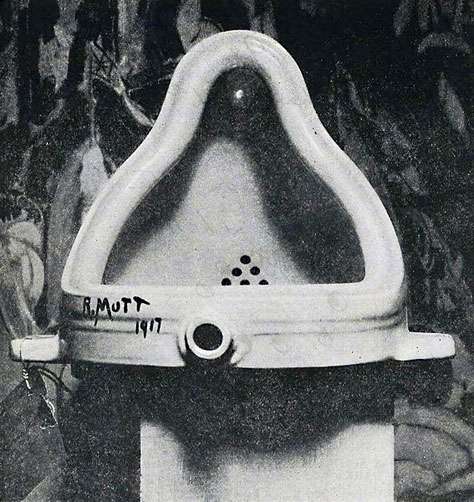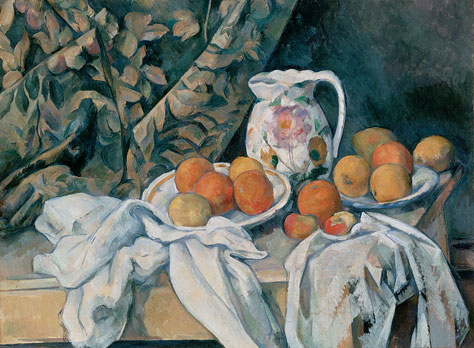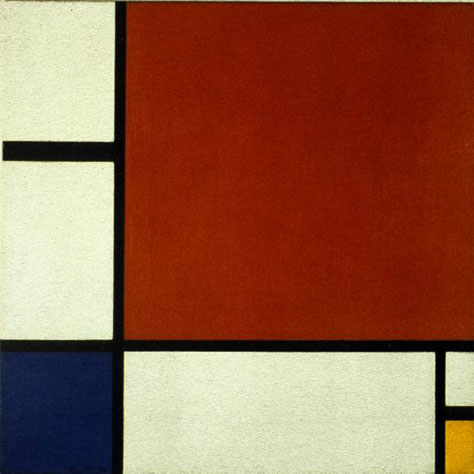Yes, it’s an amazing time to be in the field of UX design—indeed, in any field of design. It seems like every week there’s a new, latest-and-greatest app, process, or digital trend, and UX professionals are continually touting new movements and ways of thinking. For example, we’ve been hearing a lot about responsive Web design and infographics lately. But behind the trends that steal the limelight are the time-tested practices that helped them get out onto the stage in the first place.
Writing is one such practice that doesn’t get much of our attention—yet it holds so much value for our clients. It’s a big part of our communicating our analytical thinking and our solutions. Yes, there’s nothing like a prototype or a storyboard to show clients what we mean rather than just writing or talking about it. But our clients still need—and expect—the typical instruments of business communication: reports and presentations.
In fact, Paul Bryan’s interviews with three UX strategists mentioned some examples of written deliverables that should be familiar to many and are worthy of our attention:
- sets of design criteria or design principles—Research informs these, and their purpose is to guide the design team.
- UX strategy approaches—These frame the business challenge and leverage analytics, market knowledge, and research results.
- competitive analyses—These written reports provide a hypothesis and a strategy for business change.
- experience roadmaps—These help businesses to understand how to roll out large pieces of work.
So, to help you realize the potential value that your written documents can provide to your clients, don your artist’s smock, and let’s step into the minds of some great artists.
Embrace the Urge to Be an Artist: Be You, Be True, Be Interesting
Write confidently, with the artist’s urge to unleash what you must make known. Abraham Maslow, famous for his hierarchy of needs,![]() said, “A musician must make music, an artist must paint, a poet must write, if he is to be ultimately at peace with himself.”
said, “A musician must make music, an artist must paint, a poet must write, if he is to be ultimately at peace with himself.”
Everything you write for a client, team, or senior management is a golden opportunity for you to reflect on who you are as a designer and thinker, communicate your thinking and why it matters to them, and provide solutions for the business challenges at hand.
Being yourself and being true to your clients in what you write and present is important because it’s a big part of persuasion and establishes rapport and trust. So, show courage and personality in what you write and present and communicate in a likable, clear, and compelling way. Lose the weasel words that they’re probably reading elsewhere.
Build Empathy for Customers’ Worlds
I can still remember seeing the Albert Bierstadt painting shown in Figure 1 for the first time, in 1991 at the National Gallery of Art in Washington DC. Its sheer grandeur not only connected with me aesthetically and emotionally, but compelled me to look into why Bierstadt painted what he painted. He wanted to capture the beauty of the land and the native American people in the American West, so others would appreciate them, too, then go to see them for themselves.

As UX researchers, strategists, and designers, we get to bring the world and experiences of customers into our clients’ boardrooms and onto their screens and, thus, provide clients with opportunities to build empathy for their customers.
Deliver Just Enough Writing: Agile Sculpting
Michelangelo Buonarotti took an outside-in approach to sculpting: he revealed the figure that was hidden within a block of marble—a figure that he could always see in his mind's eye. This approach is particularly apparent in his series of bound slaves.![]() The great artist and thinker himself said, “I saw the angel in the marble and carved until I set him free.” Lydia Bates touched on this idea when she wrote about reducing something to its simplest form.
The great artist and thinker himself said, “I saw the angel in the marble and carved until I set him free.” Lydia Bates touched on this idea when she wrote about reducing something to its simplest form.![]() But my point isn’t about simplicity—though that’s another great point—but about knowing how and when to stop writing.
But my point isn’t about simplicity—though that’s another great point—but about knowing how and when to stop writing.
In the strategic thinking and report writing of user experience, each new project can feel like a hefty block of marble. It can be daunting just to think about all of your qualitative and quantitative research results, as well as other contextual perspectives that you have to consider and other devices like personas—let alone the time and effort it takes to analyze and formulate a solution or approach.
As early on as possible, try to define or redefine the business challenge as best you can, and let this guide you in focusing on the parts of your report that will provide the most value. If you’re already working in an agile, or agile-ish, process or team, you’re probably not writing much anyway. But if you are, try to adopt the same just-enough approach to determine what needs writing.
It might encourage you to know that many of Michelangelo’s bound slaves were probably unfinished. Nevertheless, he had chiseled away enough to reveal everything that needed to be revealed first. Perhaps knowing this can provide insight into your own writing and presenting.



